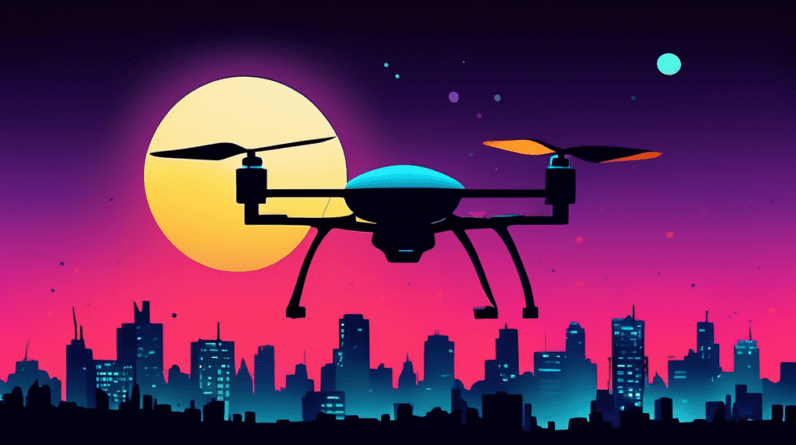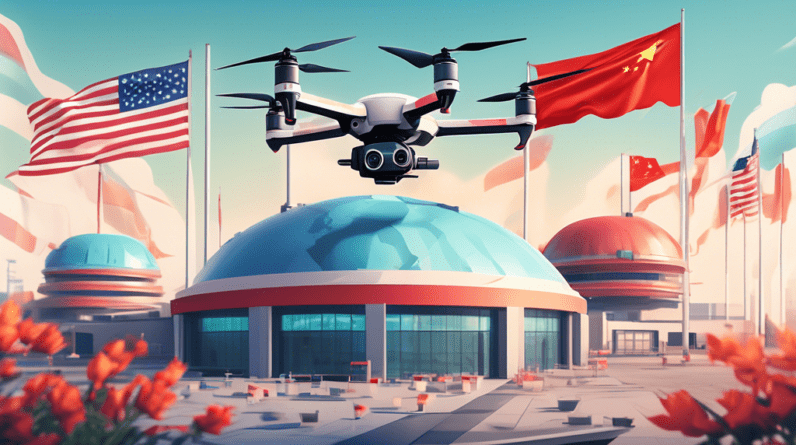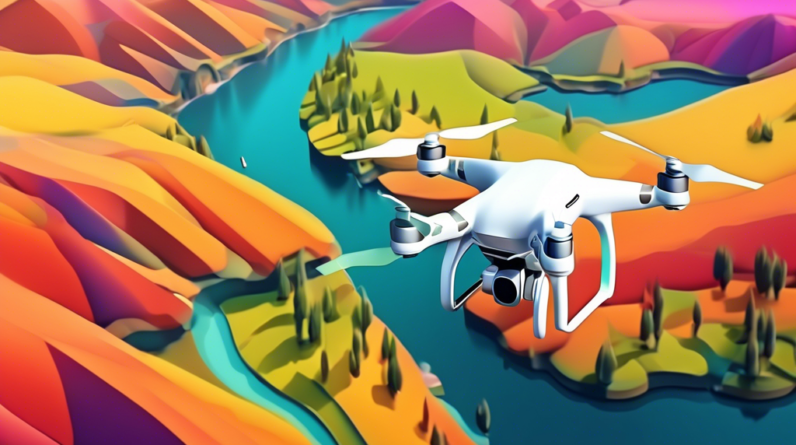Tracing the Roots of Unmanned Flight: Early Innovations
The concept of unmanned aerial vehicles (UAVs), or drones as we commonly know them, predates their modern popularity by over a century. The earliest attempts at creating pilotless flying machines emerged in the mid-19th century, driven by military interests and scientific curiosity.
Austria’s Pioneering Balloon Bombardment
In 1849, Austria launched a unique attack on Venice using unmanned balloons filled with explosives. This event marked one of the first instances of using aerial technology for warfare without a human pilot on board. While rudimentary in design and lacking controlled flight, these balloon bombs laid the groundwork for future UAV development.
Tesla’s Vision of Remote-Controlled Vehicles
The visionary inventor Nikola Tesla envisioned the potential of remote-controlled vehicles in the late 19th century. In 1898, he demonstrated a radio-controlled boat, showcasing the possibility of guiding machines without direct human intervention. Tesla’s work on wireless communication and remote control laid the foundation for future drone technology.
20th Century Advancements: From World Wars to Modern Drones
The 20th century witnessed significant advancements in aviation technology, which directly influenced the development of drones. The two World Wars, in particular, spurred innovation in unmanned flight as countries sought new ways to gain aerial advantage.
World War I: The Kettering Bug and Aerial Torpedoes
During World War I, the development of the Kettering Bug by Charles Kettering marked a significant step toward autonomous aerial vehicles. This pilotless aircraft, intended as an aerial torpedo, utilized a gyroscope for guidance and a preset timer to control its flight path. Though not fully successful in its implementation, the Kettering Bug demonstrated the growing potential of unmanned flight.
Interwar Period: Target Drones for Military Training
The period between the two World Wars saw the development of radio-controlled aircraft used as target drones for military training purposes. These drones provided a realistic training environment for anti-aircraft gunners and fighter pilots, preparing them for combat scenarios.
World War II: Advancements in Radio Control and Jet Propulsion
World War II further accelerated drone technology advancements. Radio control systems became more sophisticated, allowing for greater control and maneuverability of unmanned aircraft. Additionally, the advent of jet propulsion opened up new possibilities for drone speed and performance.
Post-War Era: The Rise of Surveillance and Reconnaissance Drones
Following World War II, the focus of drone development shifted towards reconnaissance and surveillance applications. The Cold War fueled the need for intelligence gathering, and drones provided a valuable tool for observing enemy territory without risking human pilots. The development of real-time video transmission further enhanced the capabilities of surveillance drones.
Modern Drone Era: Technological Advancements and Diverse Applications
The late 20th and early 21st centuries have witnessed an explosion in drone technology, driven by advancements in electronics, materials science, and software. Today, drones are used for a wide range of applications beyond military purposes, including:
Commercial and Civilian Uses:
- Aerial photography and videography
- Package delivery
- Infrastructure inspection
- Precision agriculture
- Search and rescue operations
- Environmental monitoring
Recreational Use:
Drones have also gained immense popularity among hobbyists and enthusiasts, who use them for recreational purposes such as aerial photography, racing, and simply enjoying the experience of flight.






